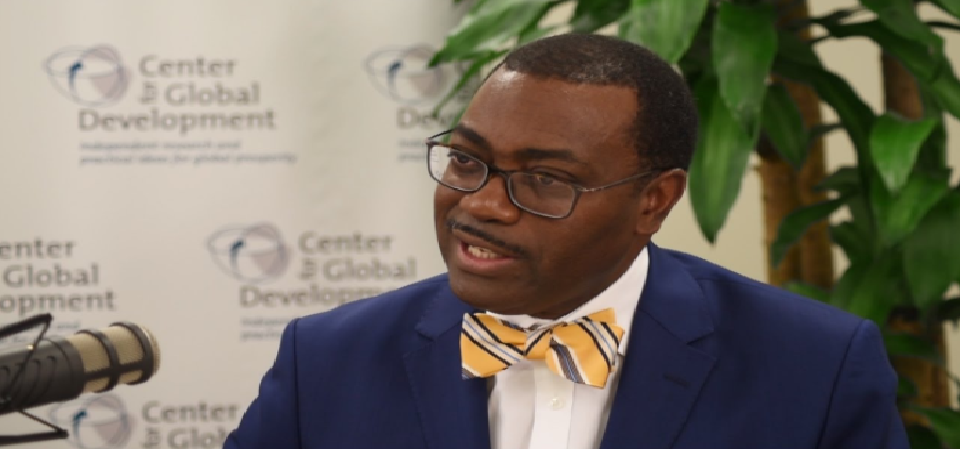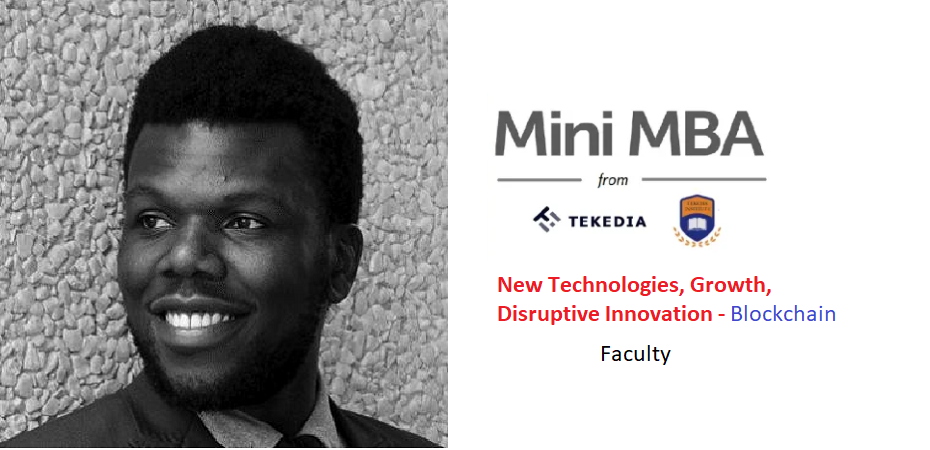Has anyone else noticed that in Nigeria people hardly talk about Nigerians trapped in China? It is as if we are avoiding the subject, or pretending that Nigerians aren’t in China. Or maybe discussing the topic will bring more tension to an already tensed Nigeria. I don’t really know, but this matter isn’t something we should ignore.
I became more alarmed about the avoidance of this crucial matter on Wednesday, 29 January, 2020, when I stumbled on a Twitter post made by someone, who was apparently stuck in Wuhan, China. He wrote, tagging Abike Dabiri, Chairman/Chief Executive Officer of the Nigerian Diaspora Commission, asking the plans of Nigerian government towards evacuating Nigerians trapped in Wuhan.
The thousands of replies and retweets this post earned was something else. It seemed everybody that came across it wanted to talk. Everybody felt connected and concerned. For the first time in a very long while, Nigerians shared one voice; and a very loud voice it was. But do you know what this voice was screaming? That voice said, and it’s still saying, that all Nigerians in China, and even Chinese that travelled to China for Chinese New Year, should stay put in China (not just in Wuhan). Honestly, Nigerians unanimously turned their backs on their brothers and sisters.
Countries began evacuating their citizens from Wuhan… The US airlifted 240 American diplomats and citizens out of the central Chinese city at the epicenter of the coronavirus outbreak this morning, and another plane evacuated 206 Japanese nationals to Tokyo. The EU and South Korea are also repatriating their citizens. Meanwhile, Australia will evacuate hundreds of citizens from the city and quarantine them for two weeks on Christmas Island. (Quartz)
Up till now I still couldn’t believe that Nigerians could keep aside their differences and diversities and sound like one. I couldn’t believe that anything could unite this nation. But the sound of death did. Coronavirus was the trumpet that announced the second coming that made every Nigerian think straight. They knew that this disease knows no age, tribe, religion, gender, class, and so on. This disease has no geographical boundary.
I felt bad when I saw all those comments and retweets, but I was secretly relieved that we won’t add Coronavirus to our list of troubles. I understand how this will be received by Nigerians over there, but it is actually not the fault of the commentators; they were thinking of their safety.
A lot of points raised in those comments really showed why the Nigerian government airlifting citizens out of China isn’t a good idea. Some of these points include:
- Poor Health Facilities: This is true. Like most people pointed out, Nigeria does not have the facilities to manage this health crisis, or even any one at that. It was pointed out that it is actually better that these people stay back in China, where intensive researches are already on going on how to curb the ailment. Coming back to Nigeria could just mean imminent death of the infected persons. Besides, if a cure is finally found, it will take a long time before it is brought to Nigeria. So, staying back in China isn’t a bad idea for Nigerians that have been exposed to the virus.
- Long Incubation Period: From what has been revealed, the incubation period of Coronavirus is 10 to 14 days or so. And the infection becomes contagious during this incubation period. This means that those already infected may be airlifted with those uninfected, and when they come back, they may be allowed into the country with the assumption that they are free. You can imagine the type of massive spread of this infection if this is allowed.
- Lack of Quarantine Facilities: China has already quarantined Wuhan, a commercial city, in a bid to contain this infection. I don’t see any way Nigeria can achieve such a feat. Herdsmen, bandits, and Boko Haram insurgents have been operating freely in many parts of the country for years now, and the government couldn’t “quarantine” them, how then can the government quarantine a disease that moves around in the air, invisible?
- Spread to other Parts of the World: Some people noted that the disease is gradually moving to other parts of the world, including Africa, because people were allowed out of China. As they said, the more the contact with China is reduced, the easier it will be to contain and cure this deadly disease.
However, it is still unfair that the Ministry of Foreign Affairs hasn’t addressed this issue even as Nigerians over have started crying out for help. In as much as there is need not to bring this danger into Nigeria that is already battling with Lassa Fever, we shouldn’t forget that these people in China are still part of us and have been contributing, directly and indirectly, towards the development of this nation. We shouldn’t just abandon them.
For me, I think the federal government needs to look into this matter. Some countries have gone for their citizens, should Nigeria also go for hers? If “no”, reasons for that should be given; keeping mute is not going to help the situation. Our government officials should talk to us.





